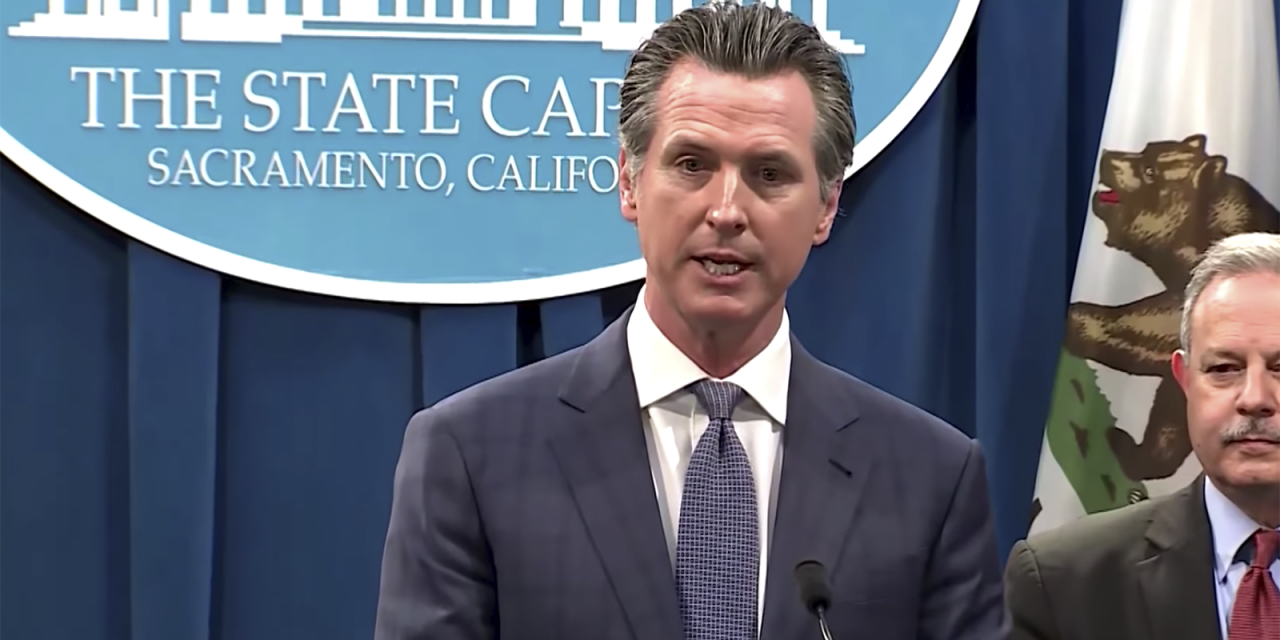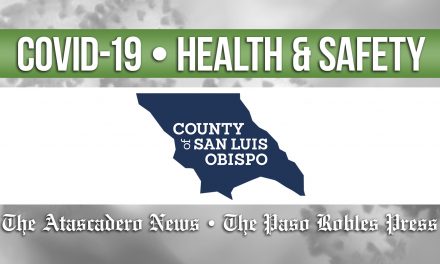State takes action to battle coronavirus spread
SACRAMENTO – On Mar. 4, California Governor Gavin Newsom declared a State of Emergency in response to the rising number of positive California cases of the novel coronavirus (COVID-19) and in the wake of the first official death in the state from the virus, reported in Placer County from the novel coronavirus. The proclamation makes additional resources available, formalizes emergency actions already underway across multiple state agencies and departments, and help the state prepare for a broader spread of COVID-19.
“The State of California is deploying every level of government to help identify cases and slow the spread of this coronavirus,” said Governor Newsom. “This emergency proclamation will help the state further prepare our communities and our health care system in the event it spreads more broadly.”
The emergency proclamation includes provisions that protect consumers against price gouging, allow for health care workers to come from out of state to assist at health care facilities, and give health care facilities the flexibility to plan and adapt to accommodate incoming patients.
According to the California Department of Public Health, there are 53 positive cases in the state. Three of the cases were caused by an unknown source and four were community-acquired — a term meaning that it was not acquired in a health care facility — and three were due to person-to-person exposure in a health care facility. The CDPH officials said that seven people contracted the virus through to person-to-person exposure from family contact, 12 from travel-related activities, and 24 from people exposed on flights to the U.S. from other countries.
“There have been 53 cases in California with one recent death in an elderly adult believed to have contracted the disease on a cruise ship,” San Luis Obispo Public Health Department officials said. “Most recent data indicate a lower fatality rate than initially thought, and the rate continues to go down in areas with reliable and robust reporting. Though seemingly worse than a typical influenza season, COVID-19 is not nearly as deadly as other illnesses that our country has successfully dealt with like SARS or Ebola, and it is not nearly as contagious as measles, nor even seasonal flu.”
On Tuesday, March 3, Newsom announced the release of millions of N95 masks to address shortages caused by COVID-19. The declaring of a State of Emergency follows the announcement earlier this week that the state has secured the capacity to test thousands of specimens from the federal Centers for Disease Control and Prevention to expedite testing, according to the CDPH.
Tenet Health Central Coast, which owns both Sierra Vista Regional Medical Center and Twin Cities Community Hospital, told the Paso Robles Press that their hospitals continue to work with the County of San Luis Obispo Public Health Department in preparation for the possibility of COVID-19 cases appearing on the Central Coast.
“Tenet Health Central Coast is working closely with the County of San Luis Obispo Public Health Department and the Centers for Disease Control and Prevention to respond to any potential coronavirus cases in our area. We routinely treat infectious diseases at both Tenet Health Central Coast hospitals, Sierra Vista Regional Medical Center, and Twin Cities Community Hospital. We have strong infection control policies, procedures, and systems in place to screen and treat patients. We are committed to keeping our patients, our staff, and our community safe.”
“Tenet Health Central Coast is monitoring information from federal, state, and local public health agencies for current information on the coronavirus,” a Tenet official said. “As with many possible communicable diseases, as our patients enter the hospital, in areas such as emergency department or registration, hospital staff are asking questions on recent travel and symptoms. We provide masks to any patients meeting relevant symptom criteria and implement contact airborne isolation without delay. Our clinical teams regularly review infection prevention processes and will update patient screenings as recommended by the CDC.”
The health risk from COVID-19 in our county remains low at this time. There are currently no cases of COVID-19 in San Luis Obispo County; however, our county will likely see cases in the near future, according to the SLOPHD website.
For the latest on the state’s COVID-19 preparedness and response, visit cdph.ca.gov. or slocounty.ca.gov/Departments/Health-Agency/Public-Health/Department-News/COVID-19-Updates/SLO-Public-Health-Coronavirus-(COVID-19)-Update-I.aspx













